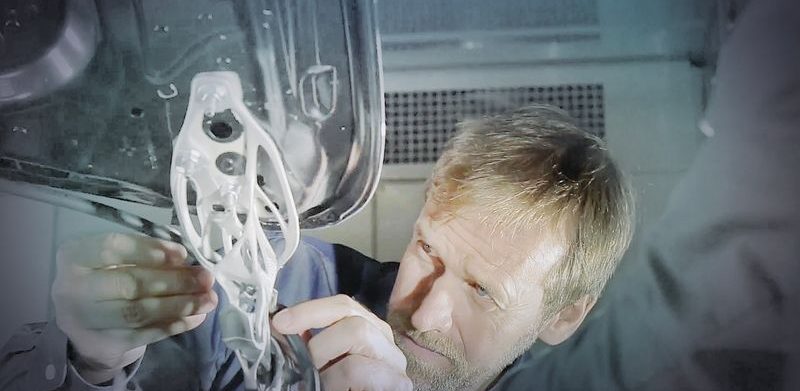When I was first introduced to additive manufacturing, I didn’t know that the technology had already been around for twenty something years! It was amazing to see what could be done with this genius idea of building products one layer at a time. As a young engineer who just finished his studies, I didn’t see any limits and only endless possibilities for this technology. Was there something we couldn’t make?
One of my professors once told me, “The more you learn, the less you know.” This is also very true for additive manufacturing. The more I got into the technology and the capabilities, the more I found out about the ‘dark side’ of 3D printing and the unwanted phenomena. Physical processes like warpage, intense residual stresses, and products cracking during printing and demolishing your machine, all seemed to be holding the technology back. Traditional experts in the field of manufacturing and conventional manufacturing fans told us that our technology wasn’t ready, material properties weren’t good enough and this way of manufacturing was only meant for hobbyist and those who seek to print nice products without structural function. My dreams of being part of the new holy grail of manufacturing were shattered.
But then I found out about simulation software and started to work for an MSC Software reseller. MSC Software earned their stripes at NASA, where they virtually tested spacecrafts before they where launched into space. Fifty years later, the same core idea would be applicable to Additive Manufacturing; test it before it’s physically printed. Hexagon Manufacturing Intelligence knew the MSC Software technology has amazing potential and thus Hexagon acquired the company in 2017.
Engineers were proven wrong once MSC Software came up with the idea to virtually print and test your additive manufacturing process before firing up your machine. Many companies I work with here in Europe realised that if you want to make the most of your additive manufacturing process, you will have to implement some form of simulation. Being able to print something, learn from it, re-do it and optimise it using only your computer and not printing a single layer seemed like a genius idea!
In no time, people around me started to look at additive manufacturing of plastic, composite and metal products in a completely different way. The technology of additive manufacturing alone wasn’t good enough to convince the engineers of its added value. But with the help of MSC Software solutions to virtually print, predict and improve their printed products, I am convinced that the imperfections of additive manufacturing can be made perfect.
Happy simulating,
Mathijs Pont
Sales Engineer
In Summa Innovation
@insumma
![]() An engineer by heart, but equipped with a commercial mindset, Mathijs started his career teaching physics at a Dutch high school but realized after a few years of teaching that the industry is what kept fascinating him. After an internship at Coca Cola Enterprises and a few years of working as an Engineer at a Machinery company, he switched to the simulation software world. While working on spreading the MSC Software message, Mathijs has gained experience with new, exciting technologies like metal, composite, and plastic Additive Manufacturing. He also loves the conventional, robust ways of getting things done. Also, he is a huge fan of rugby.
An engineer by heart, but equipped with a commercial mindset, Mathijs started his career teaching physics at a Dutch high school but realized after a few years of teaching that the industry is what kept fascinating him. After an internship at Coca Cola Enterprises and a few years of working as an Engineer at a Machinery company, he switched to the simulation software world. While working on spreading the MSC Software message, Mathijs has gained experience with new, exciting technologies like metal, composite, and plastic Additive Manufacturing. He also loves the conventional, robust ways of getting things done. Also, he is a huge fan of rugby.

















